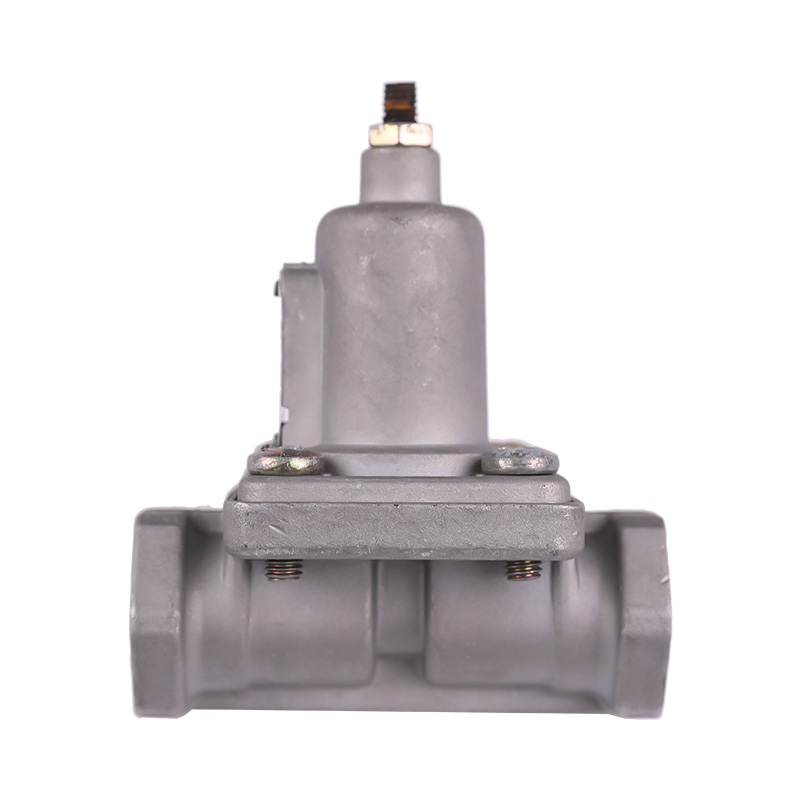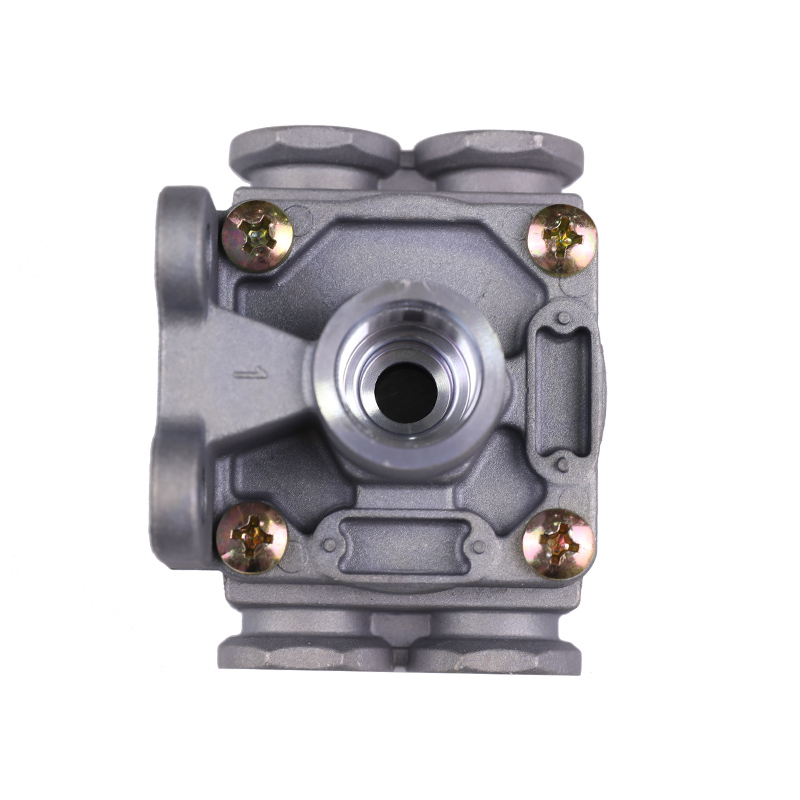In recent years, moisture problems in the brake system have occurred frequently, seriously affecting the driving safety of vehicles. In order to solve this problem, the brake air dryer is an indispensable and important component in the braking system, and its dehumidification function has attracted much attention.
First, moisture content is a key factor in the dehumidification function of the brake air dryer. Moisture mainly comes from water vapor in the air, and the level of moisture content directly affects the dehumidification effect of the brake air dryer. In high humidity environments or situations with high moisture content, the brake air dryer requires more condenser surface area and cooling capacity to handle the moisture to keep the brake system dry. Therefore, for vehicles driving in high-humidity environments, special attention should be paid to the dehumidification function of the brake air dryer, and timely inspection and maintenance should be carried out.
Secondly, the design and performance of the condenser are also important factors affecting the dehumidification function of the brake air dryer. The condenser is the core component in the brake air dryer. Its design should take into account the working conditions and requirements of the brake system, and have sufficient surface area and cooling capacity to effectively cool and condense moisture. In addition, high-quality condenser materials and manufacturing processes can also provide better heat transfer performance and corrosion resistance, thereby improving the dehumidification capabilities of the brake air dryer.
In addition, the design and effectiveness of the drainage system are also crucial to the dehumidification function of the brake air dryer. After the moisture condenses into water through the condenser, it needs to be discharged from the brake system in time to avoid entering the brake components again and causing corrosion. Therefore, the drainage system should include components such as drain valves and drainage pipes to ensure that the condensed moisture can be smoothly discharged from the brake system. The sealing and drainage effect of the drain valve directly affect the dehumidification function. Therefore, the drainage system should be inspected and maintained regularly to ensure its good operation.
Finally, ambient temperature also affects the dehumidification function of the brake air dryer. In low temperature environments, moisture is more likely to condense into water, so the dehumidification effect of the brake air dryer will be better. In high-temperature environments, the condensation rate of moisture will slow down, and the dehumidification function of the brake air dryer may be limited. Therefore, in high-temperature environments or extreme climate conditions, more attention and maintenance should be paid to the dehumidification function of the brake air dryer to ensure the normal operation of the braking system.






